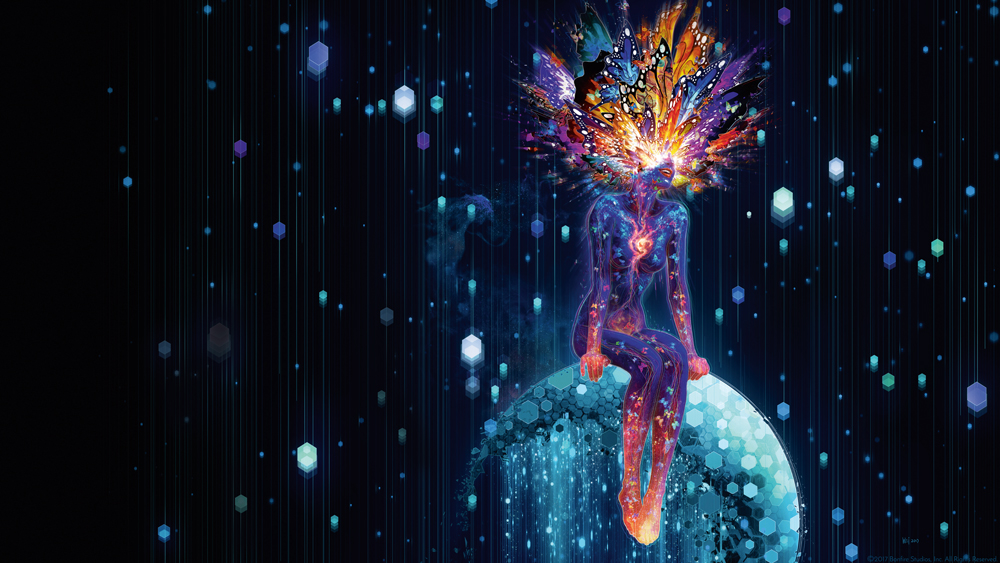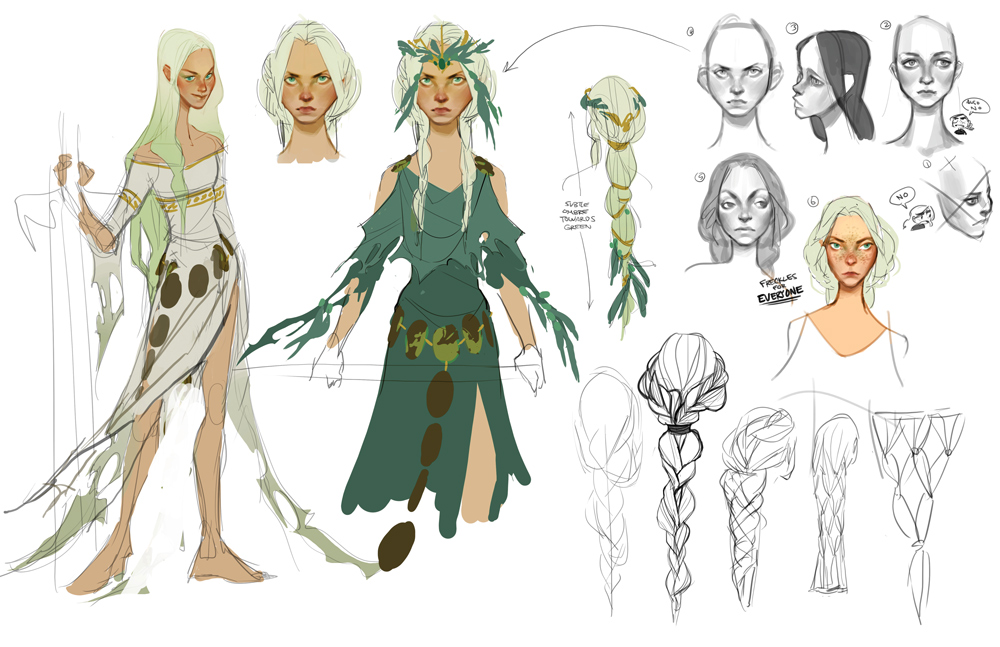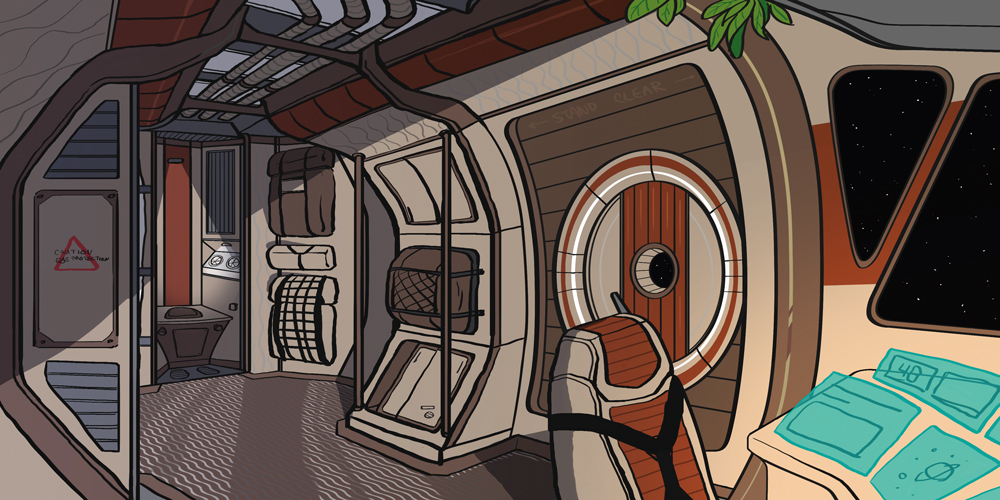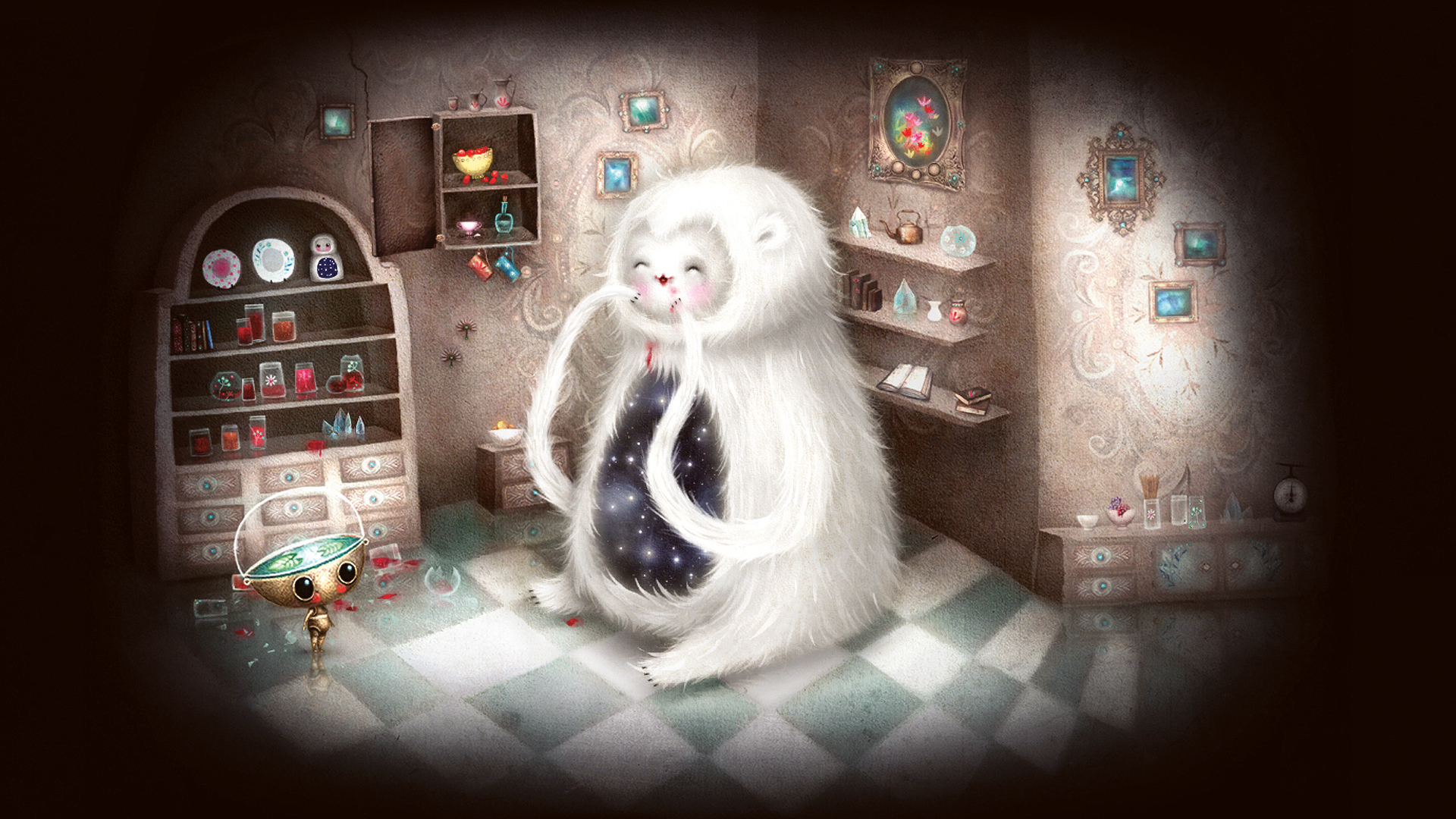4 perks of working at an indie games studio
Small is beautiful. Discover how proactive artists can reap the benefits from putting in the hours at smaller game studios.

Small games studios vary as wildly as their art styles. Yet for all their differences, the ultimate aim is the same: to produce a great game with far fewer staff than the behemoths of triple-A development.
However, while many wannabe game designers tailor their design portfolios to these giant companies, opting for a smaller studio may well present a better career choice. For artists, there are significant benefits to reap in these smaller design offices, some of which we've outlined here.
01. More artistic freedom
Claire Hummel works at Campo Santo, the studio behind forest lookout game Firewatch. Before joining that team she was with Microsoft and then HBO. Back then, Hummel’s work was wide-ranging. She explains that she probably worked on around 60 titles in her six years, plus a freelance gig designing key characters for Bioshock Infinite.
“At Microsoft I was in a small group, best described as a SWAT team, that was brought on to help projects at various stages: anything from contributing to early pitches, to providing additional concept work, to overhauling a project’s art direction”, she explains. “I’d jump between a number of different projects on any given day, which could be exhilarating and challenging, but it also meant that I rarely – if ever – got to see a project from start to finish.”
At Campo Santo she’s the only 2D artist on staff and the work is formed around her own artistic sensibilities. With that the sense of responsibility shifts. “I have to be way more proactive about doing everything for the game from storyboards, to visual targets, to orthographic prop diagrams and paintovers of models.”

Wei Wang, who spent 11 years at Blizzard and worked on titles like Warcraft 3, Diablo and StarCraft, describes a similar shift when he moved to Bonfire – a smaller studio working on its unannounced first project.
“At a big company there are a lot of processes in place. It’s not a bad thing – a big company needs to make the trains run on time,” Wang says. “But at Bonfire, I’m given a huge space to be creative, and draw whatever I want.
I also get to be involved in the pitch process, and every part of what goes into making our game. This is a dream come true for any game artist.”
Wang points out that small studios offer great spaces for experienced artists looking for more creative control, whereas large studios can contain valuable opportunities for those earlier in their career.
“You can learn so much about the game creation process,” he says of big studios. “There are a lot of mentors for them to learn from, and you’re not locked into one career direction. Fortunately, new artists love to work at big studios.”
02. You get to represent your work
Kate Craig works at Fullbright, the studio behind Gone Home and Tacoma. Previously, she was part of a social gaming studio that grew from a single-digit team to nearly 100 people. Discussing Kate’s experiences at Fullbright helped highlight how budgetary constraints of a small team can be a positive as well as a negative.
“At a larger game studio someone else goes to promote the game, or attend GDC or accept an award,” says Craig. “Certainly not the (non-lead) environment artist. Working with four full-time people during Gone Home, everyone had a chance to travel and represent the game outside of the... well, basement in that case!”
There’s a palpable sense of inclusivity in that, which Craig found personally and professionally important.

03. Better communication
Operating on a smaller scale also means that direct communication with the rest of the team is not only possible, but desirable. “Everyone at Campo has a good eye for the game we’re trying to make,” says Hummel. “I trust when my non-art coworkers have input on the art, and it’s great to be able to openly discuss anything from AI to music choices, despite them not being my particular specialities.”
Campo Santo is working on its second game. While the look of Firewatch reflected the vision of art director Olly Moss, game number two will be inextricably Hummel’s.
“It’s definitely been an interesting challenge, learning how to look inward at my own stylistic preferences and find ways to break them down for the purposes of style guides and art direction,” says Claire. “So much of this game is what I love to draw both in terms of the stylistic tone and the content itself – and it’s oddly a lot of work to make sure that things don’t get lost in translation on their way to becoming finalised, in-engine 3D assets.”
04. Big creative space

Wei points out a key difference: “Small studios are great for experienced artists who want to make new art and create new worlds. The studio may be small, but it offers space for creativity.”
That’s not to say going from big to small is the only solution.
Taking the opposite approach, Lisa Evans, an artist and illustrator, is working on her first full game – Growbot – largely as a one-person studio. As such, her art no longer sits on a page, but provides an interactive space players can move in.
“When I’m designing a spread for a children’s book, my focus is on how the reader’s eye will move across the page, how the image will tell part of the story, and how it will work with the text.” In Growbot, Lisa says it’s more about “how I can draw attention to interactive elements and puzzle solutions, and how I can work around the UI and different screen resolutions.”
Wherever smaller studio work fits into your career, that kernel of creative control and an attendant need to wear multiple creative hats – even if only in the art department – persists.
“You’re responsible for concept art, visual targets, storyboards, paintovers, logo design... everything,” says Hummel. “Having that flexibility is essential, and it’s definitely something you should be aware of going in.”
This article was originally published in ImagineFX magazine issue 157. Buy it here.
Related articles:

Thank you for reading 5 articles this month* Join now for unlimited access
Enjoy your first month for just £1 / $1 / €1
*Read 5 free articles per month without a subscription

Join now for unlimited access
Try first month for just £1 / $1 / €1
Get the Creative Bloq Newsletter
Daily design news, reviews, how-tos and more, as picked by the editors.

The Creative Bloq team is made up of a group of design fans, and has changed and evolved since Creative Bloq began back in 2012. The current website team consists of eight full-time members of staff: Editor Georgia Coggan, Deputy Editor Rosie Hilder, Ecommerce Editor Beren Neale, Senior News Editor Daniel Piper, Editor, Digital Art and 3D Ian Dean, Tech Reviews Editor Erlingur Einarsson, Ecommerce Writer Beth Nicholls and Staff Writer Natalie Fear, as well as a roster of freelancers from around the world. The ImagineFX magazine team also pitch in, ensuring that content from leading digital art publication ImagineFX is represented on Creative Bloq.
